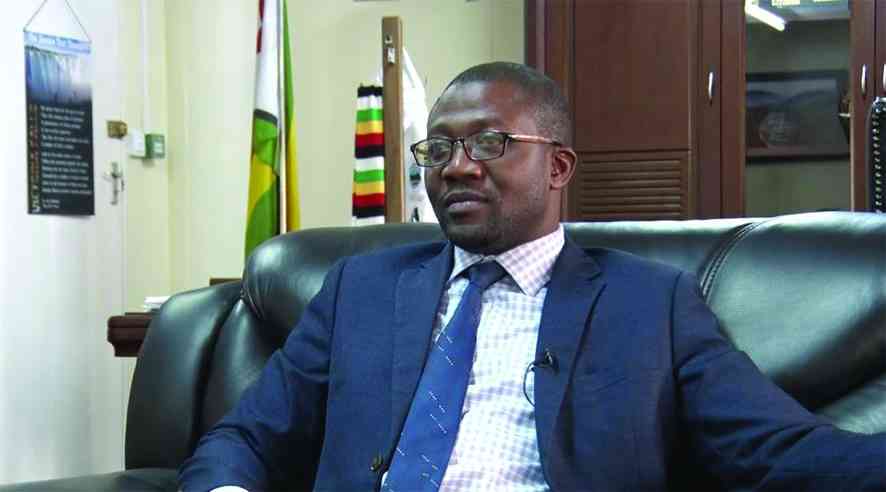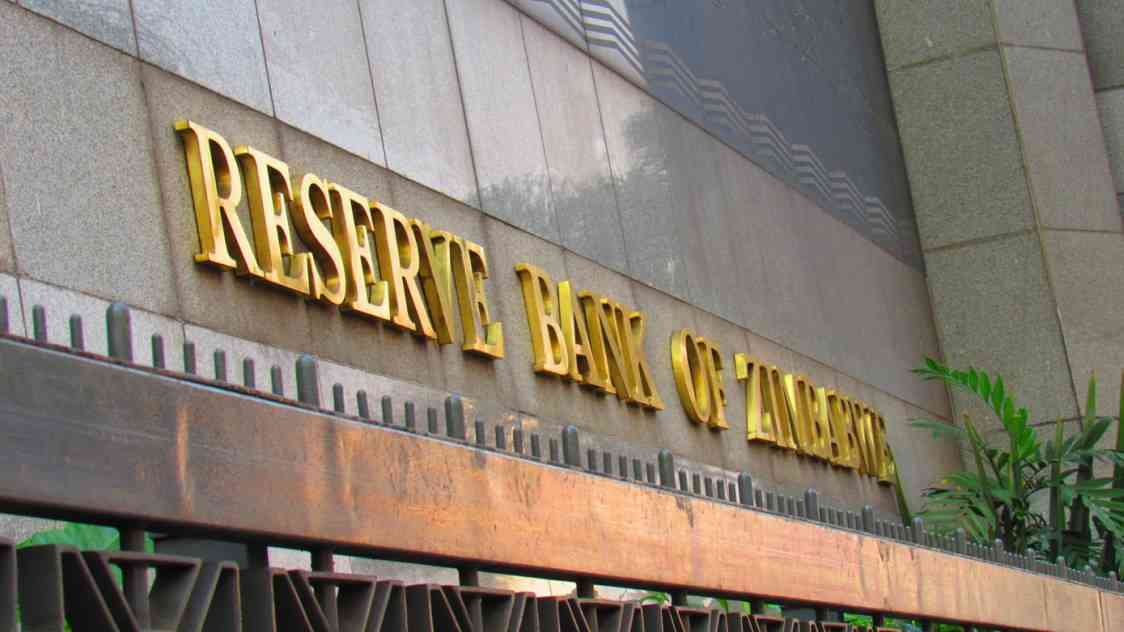
SADC member states linked to the North-South Corridor (NSC) and Beira Corridor have converged in Victoria Falls to come up with a regional priority list for transport, water, Infrastructure Communication Technology (ICT) and energy projects.
BY VICTORIA MTOMBA IN VICTORIA FALLS
In an interview with NewsDay on Tuesday, Sadc secretariat regional transport adviser, Lovemore Bingandadi, said members were expected to agree on priority infrastructure projects within the two corridors at the end of the week.
“We have funding from some of our partners to carry out feasibility studies for some of the projects. These include (the Development Bank of Southern Africa) DBSA, (New Partnership for Africa’s Development) Nepad, Infrastructure Project Preparation Facility, African Development Bank and other potential partners,” he said.
Bingandadi said Sadc has 18 regional corridors linked through road and rail networks. NSC is the longest corridor in the region and is based at the Durban port, with a road and railway network linking Zimbabwe, Zambia, Botswana, Malawi, Democratic Republic of Congo (DRC) and Mozambique.
The second corridor is the Beira Corridor, which serves Mozambique, Zimbabwe, Malawi, Zambia and DRC for exports and imports through the port of Beira.
“Our objective is to identify what areas of infrastructure ,in terms of the ports, roads, railway, energy, ICT and water, require attention to improve capacity and efficiency in the region. We have done some of the studies on the Sadc regional infrastructure developmental master plan that was approved by the heads of states in 2012.
- Chamisa under fire over US$120K donation
- Mavhunga puts DeMbare into Chibuku quarterfinals
- Pension funds bet on Cabora Bassa oilfields
- Councils defy govt fire tender directive
Keep Reading
“This is a follow up on how to design, develop and prepare those projects to attract private partner financing. The funding depends on how much the project is going to cost, as the cost varies with each project,” Bingandadi said.
He said the estimated cost of projects cannot be disclosed until feasibility studies and costing have been completed.
Sadc has 40 projects in the four sectors of water, energy, transport and ICT in eight countries.
Bingandadi said the projects were at different stages of implementation. For instance on Chirundu dualisation, Zimbabwe was negotiating with a consortium of contractors to implement the project.
The Sadc Master Plan has a 15-year life span until 2027. Targets have been broken down into five years.












